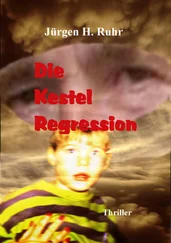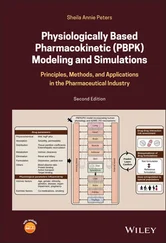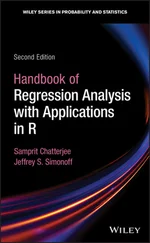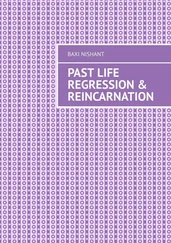Iain Pardoe - Applied Regression Modeling
Здесь есть возможность читать онлайн «Iain Pardoe - Applied Regression Modeling» — ознакомительный отрывок электронной книги совершенно бесплатно, а после прочтения отрывка купить полную версию. В некоторых случаях можно слушать аудио, скачать через торрент в формате fb2 и присутствует краткое содержание. Жанр: unrecognised, на английском языке. Описание произведения, (предисловие) а так же отзывы посетителей доступны на портале библиотеки ЛибКат.
- Название:Applied Regression Modeling
- Автор:
- Жанр:
- Год:неизвестен
- ISBN:нет данных
- Рейтинг книги:5 / 5. Голосов: 1
-
Избранное:Добавить в избранное
- Отзывы:
-
Ваша оценка:
Applied Regression Modeling: краткое содержание, описание и аннотация
Предлагаем к чтению аннотацию, описание, краткое содержание или предисловие (зависит от того, что написал сам автор книги «Applied Regression Modeling»). Если вы не нашли необходимую информацию о книге — напишите в комментариях, мы постараемся отыскать её.
delivers a concise but comprehensive treatment of the application of statistical regression analysis for those with little or no background in calculus. Accomplished instructor and author Dr. Iain Pardoe has reworked many of the more challenging topics, included learning outcomes and additional end-of-chapter exercises, and added coverage of several brand-new topics including multiple linear regression using matrices.
The methods described in the text are clearly illustrated with multi-format datasets available on the book's supplementary website. In addition to a fulsome explanation of foundational regression techniques, the book introduces modeling extensions that illustrate advanced regression strategies, including model building, logistic regression, Poisson regression, discrete choice models, multilevel models, Bayesian modeling, and time series forecasting. Illustrations, graphs, and computer software output appear throughout the book to assist readers in understanding and retaining the more complex content.
covers a wide variety of topics, like:
Simple linear regression models, including the least squares criterion, how to evaluate model fit, and estimation/prediction Multiple linear regression, including testing regression parameters, checking model assumptions graphically, and testing model assumptions numerically Regression model building, including predictor and response variable transformations, qualitative predictors, and regression pitfalls Three fully described case studies, including one each on home prices, vehicle fuel efficiency, and pharmaceutical patches Perfect for students of any undergraduate statistics course in which regression analysis is a main focus,
also belongs on the bookshelves of non-statistics graduate students, including MBAs, and for students of vocational, professional, and applied courses like data science and machine learning.
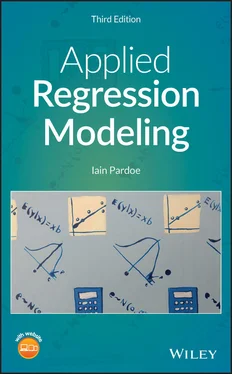
 sale prices. The scale of the vertical axis now represents proportions (density) rather than the counts (frequency) of Figure 1.1.
sale prices. The scale of the vertical axis now represents proportions (density) rather than the counts (frequency) of Figure 1.1.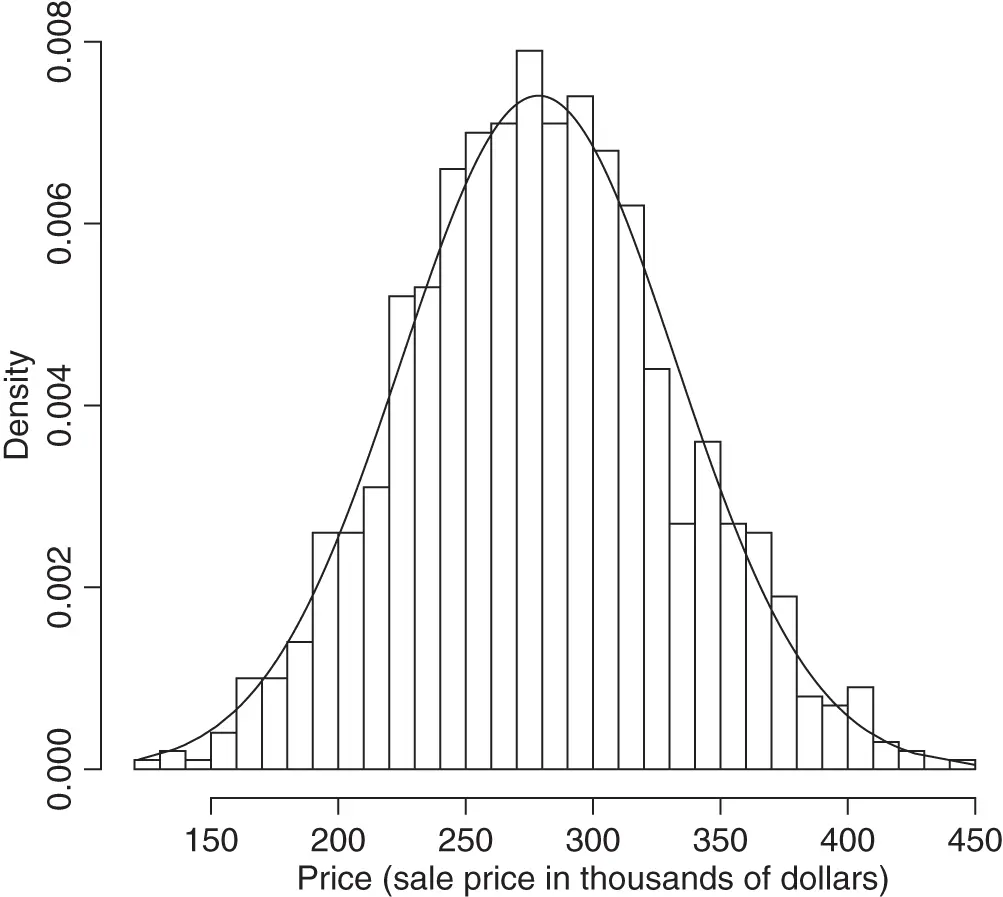
 sale prices, together with a normal density curve.
sale prices, together with a normal density curve. and
and  ). The normal density curve is sometimes called the “bell curve” since its shape resembles that of a bell. It is a slightly odd bell, however, since its sides never quite reach the ground (although the ends of the curve in Figure 1.3are quite close to zero on the vertical axis, they would never actually quite reach there, even if the graph were extended a very long way on either side).
). The normal density curve is sometimes called the “bell curve” since its shape resembles that of a bell. It is a slightly odd bell, however, since its sides never quite reach the ground (although the ends of the curve in Figure 1.3are quite close to zero on the vertical axis, they would never actually quite reach there, even if the graph were extended a very long way on either side).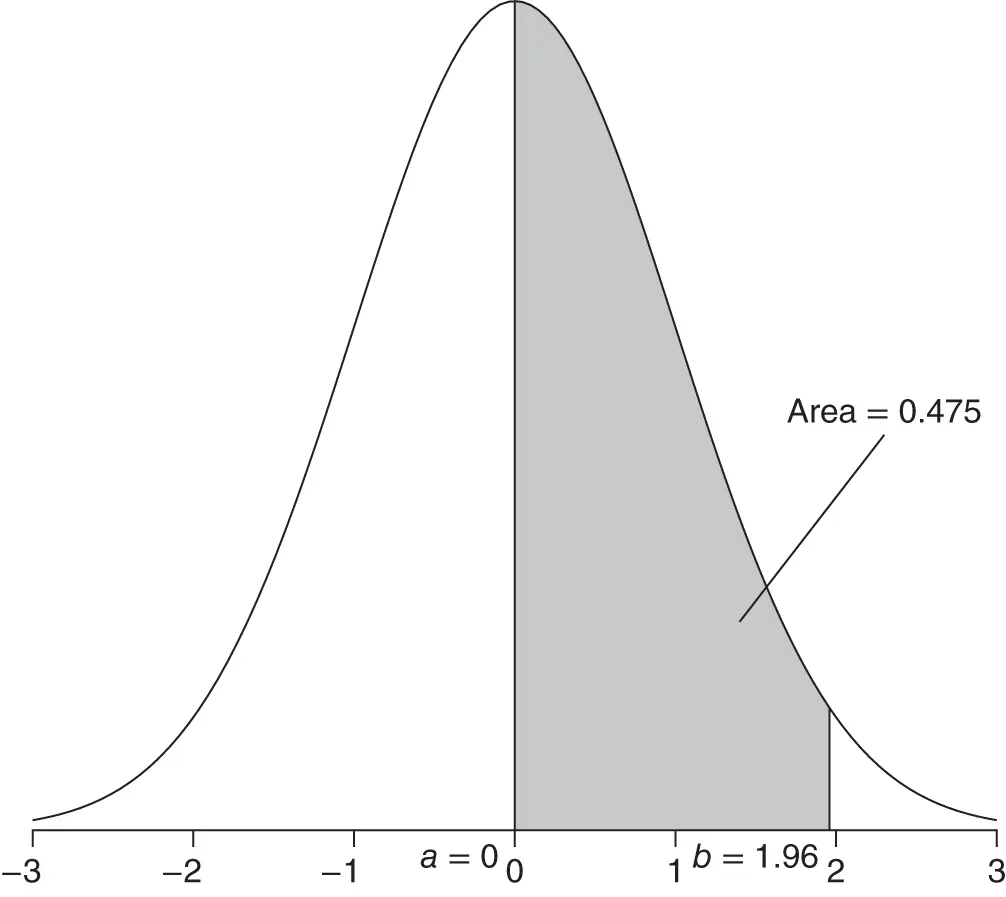
 between
between  and
and  , which represents the probability that a standard normal random variable lies between
, which represents the probability that a standard normal random variable lies between  and
and  .
. , say) and another point (
, say) and another point (  , say) represents the probability that a random variable that follows a standard normal distribution is between
, say) represents the probability that a random variable that follows a standard normal distribution is between  and
and  . So, for example, Figure 1.3shows there is a probability of 0.475 that a standard normal random variable lies between
. So, for example, Figure 1.3shows there is a probability of 0.475 that a standard normal random variable lies between  and
and  , since the area under the curve between
, since the area under the curve between  and
and  is 0.475.
is 0.475. ), and so for consistency with later tables of numbers, the following table allows calculation of such tail areas: Normal distribution probabilities (tail areas) and percentiles (horizontal axis values)
), and so for consistency with later tables of numbers, the following table allows calculation of such tail areas: Normal distribution probabilities (tail areas) and percentiles (horizontal axis values)
